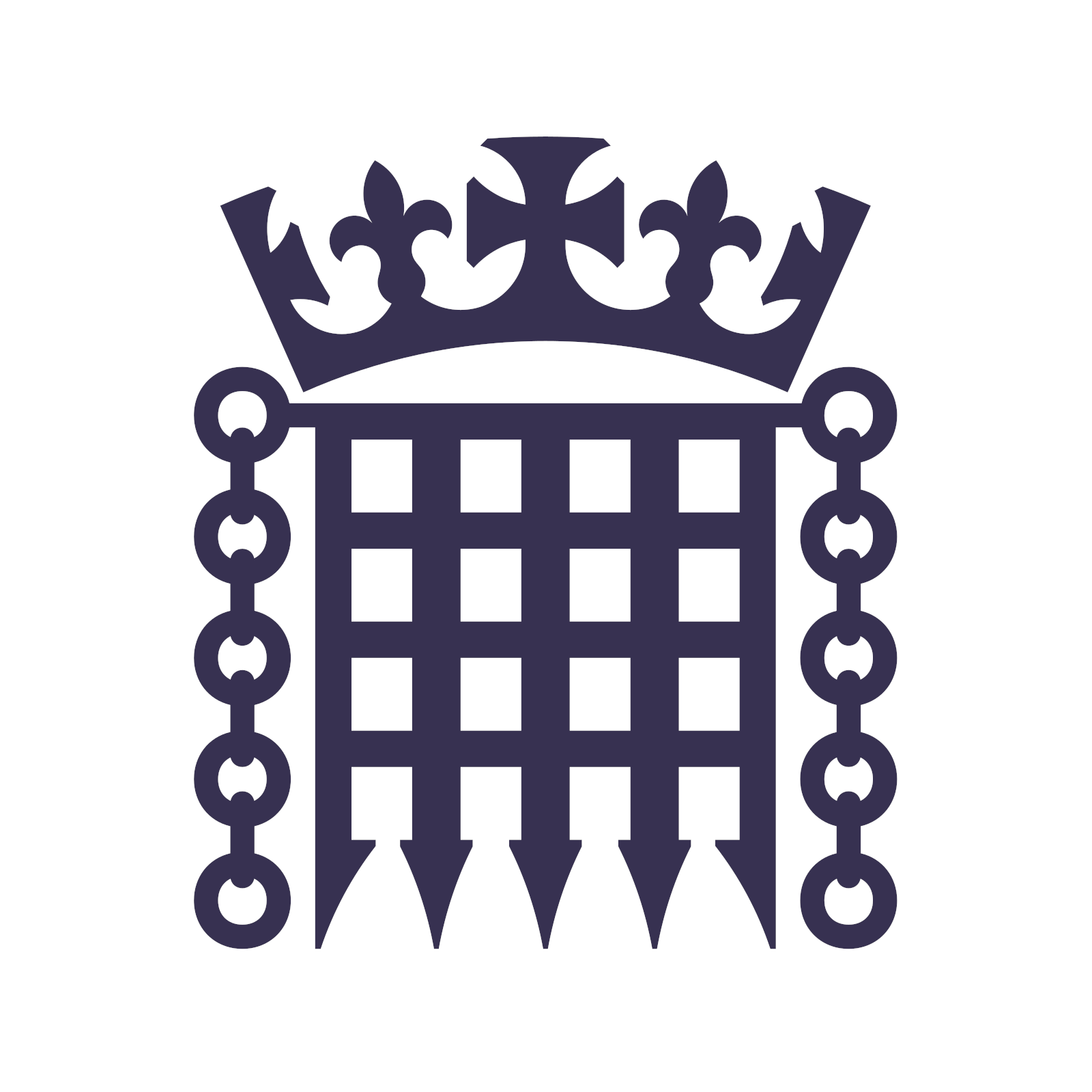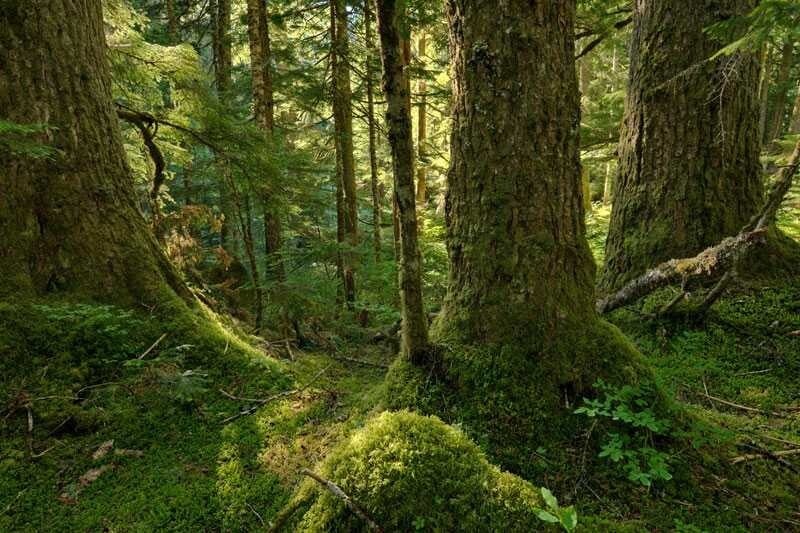

Perhaps if the island was already abandoned and they were clearing solely feral dogs by humane means, that would be one thing.
The dogs were the most egregious killings as they were killed to terrorize the local population to leave “voluntarily.” They were not the only animals killed, as the island was self sufficient before the militaries came. The livestock was also killed, as part of the process of getting people to leave was to starve them and letting them die of disease. The actual “marine protected area” was protected not to save animals, but to ban the locals from fishing. The islanders also had some of the dogs trained to help them catch fish.
First, they tried to shoot the dogs. Next, they tried to poison them with strychnine. When both failed as efficient killing methods, British government agents and U.S. Navy personnel used raw meat to lure the pets into a sealed shed. Locking them inside, they gassed the howling animals with exhaust piped in from U.S. military vehicles. Then, setting coconut husks ablaze, they burned the dogs’ carcasses as their owners were left to watch and ponder their own fate.
By starving them and denying medical care, they would eventually ask to be taken to the mainland, where no one was allowed to return. They weren’t able to take anything with them, and as the island had no outside communication, no one could send word back they were barred from returning home. Relatives had no clue what happened to anyone that left. The abandoned people were left in a country they had no familiarity, and left with only the clothes on their backs and no means to return home or even tell anyone they were alive or where to find them. They were former enslaved Africans and Indians who had won freedom and had a free society in a tropical paradise where they relied on no one but themselves, and they were kicked out of their second homeland to basically just have an old IOU cancelled.
In confidential minutes, the United States agreed to secretly wipe out a $14 million British military debt, circumventing the need to ask Congress for funding. In exchange, the British agreed to take the “administrative measures” necessary for “resettling the inhabitants.”
Those measures meant that, after 1967, any Chagossians who left home for medical treatment or a routine vacation in Mauritius were barred from returning. Soon, British officials began restricting the flow of food and medical supplies to Chagos. As conditions deteriorated, more islanders began leaving.
The authorities soon ordered the remaining Chagossians — generally allowed no more than a single box of belongings and a sleeping mat — onto overcrowded cargo ships destined for Mauritius and the Seychelles. By 1973, the last Chagossians were gone.
The rounding up and killing of the animals in front of the residents could definitely be taken as implying “you’re next” to former enslaved people.

While I also hope the wildlife is cared for, the protected zone was not established for altruistic reasons, but rather UK asserting control of natural resources of Mauritius and/or the inhabitants of Chagos to remove them from their homes.
Source
I am not well informed about Mauritius’s record on the environment, but I’m not a fan of what the UK and US militaries did to establish this zone.